Advertisement
Rare Comic Featuring JFK And Superman Finally On Display At Presidential Library
Resume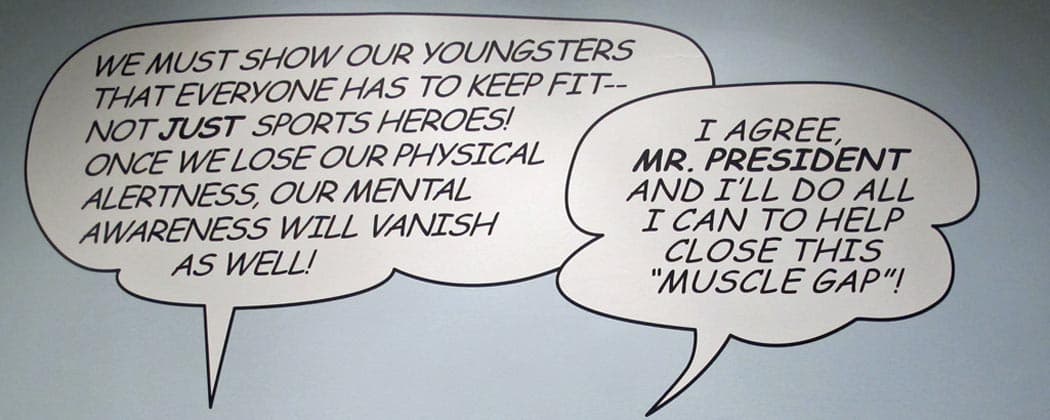
Childhood obesity is a major issue in this country, and it tops First Lady Michelle Obama’s priority list. But she isn’t the only White House resident to promote toning up and slimming down the American physique.
In 1963, President John F. Kennedy enlisted Superman as part of an ambitious fitness campaign. Now, for the first time, original art from the rare comic titled “Superman’s Mission for President Kennedy” is on view at the JFK Library in Boston. As it happened, though, its pages almost didn’t make it onto the walls.
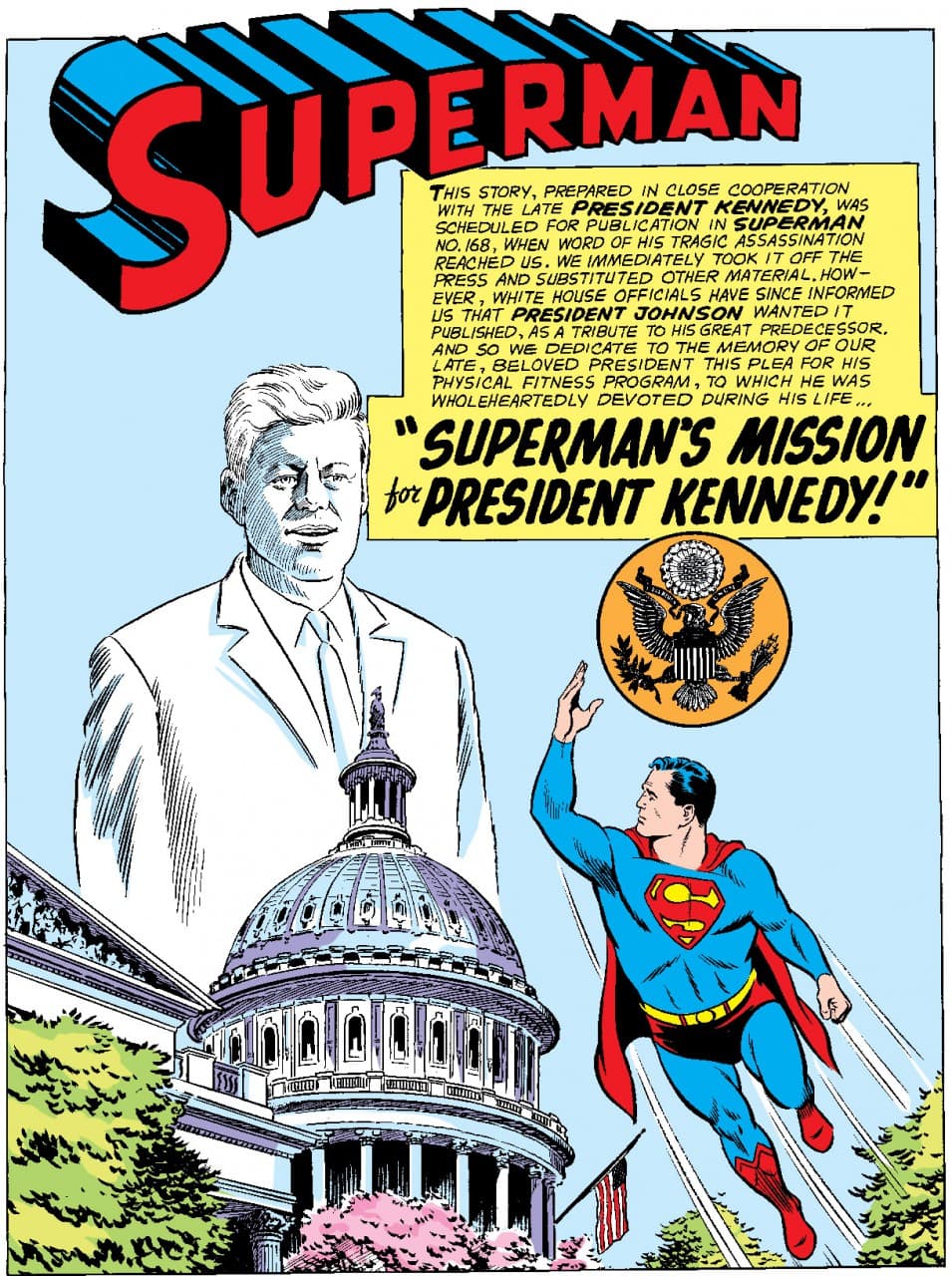
On July 19, 1961, President Kennedy made a statement on his youth fitness program from the State Department auditorium.
"I think in recent years we have seen many evidences in the most advanced tests, comparative tests, that have been made, that many of the boys and girls who live in other countries have moved ahead of younger people in this country in their ability to endure long physical hardship, in their physical fitness and in their strength," Kennedy said.
JFK Library and Museum director Tom Putnam says those findings clearly touched a nerve in Kennedy. He says the new president was serious about the nation’s fitness.
“President Kennedy after he was elected actually wrote an article in Sports Illustrated called ‘The Soft American’ in December of 1960,” Putnam explained. “He was a youthful, vigorous president, and he cared about the vigor –- he said vig-uh –- of America.”
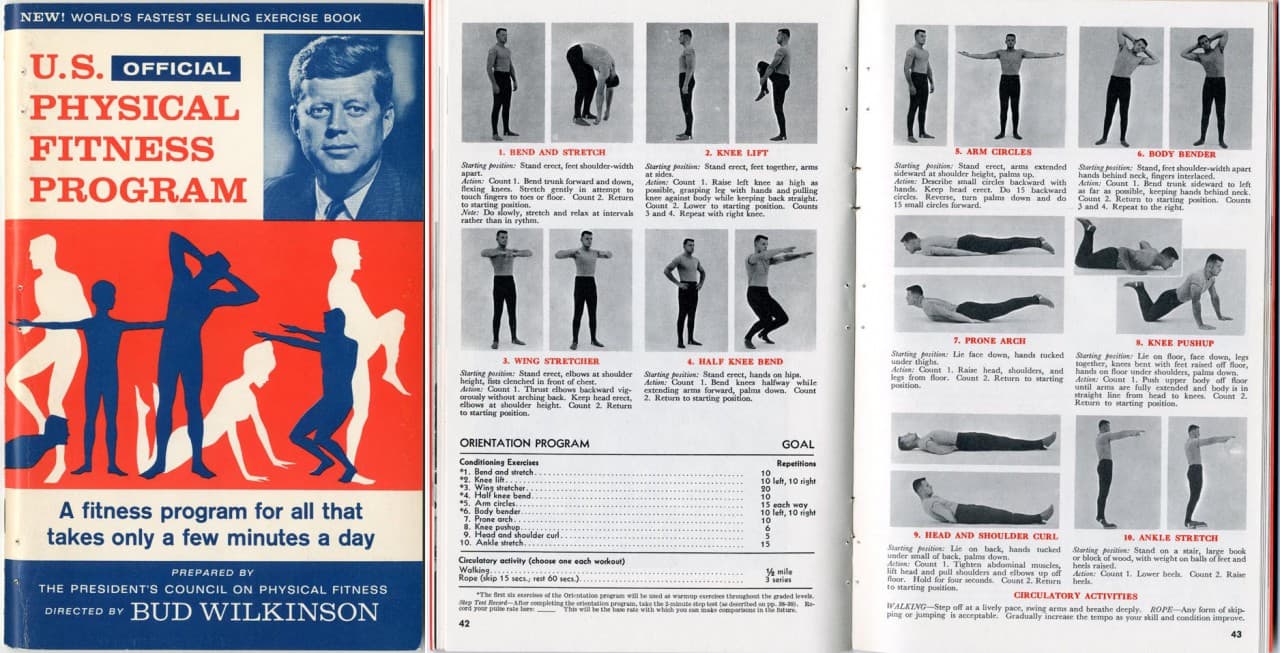
President Eisenhower had created a fitness council, but Putnam says the far more buff Kennedy really stepped up the game. JFK developed a national exercise program for schools and pushed young Americans to do their calisthenics along with a Robert Preston song.
The lyrics go: “Touch down every morning, 10 times, not just now and then. Give that chicken fat back to the chicken and don’t be chicken again. No don’t be chicken again!”
But Putnam says JFK pulled out the big guns by teaming with Superman to get his message out. Kennedy’s press secretary, Pierre Salinger, worked with DC Comics writers and artist Al Plastino to draft “Superman’s Mission for President Kennedy.”
The plot kicks off with an avalanche in Switzerland. Superman arrives to save a group of European and American teens — but the Americans are, well, wimps. In the Oval Office, the disheartened president watches the news on TV, then calls Superman to the White House.
"We must show our youngsters that everyone has to keep fit," JFK tells Superman, who responds: "I agree Mr. President, and I’ll do all I can to help close this 'muscle gap.'”
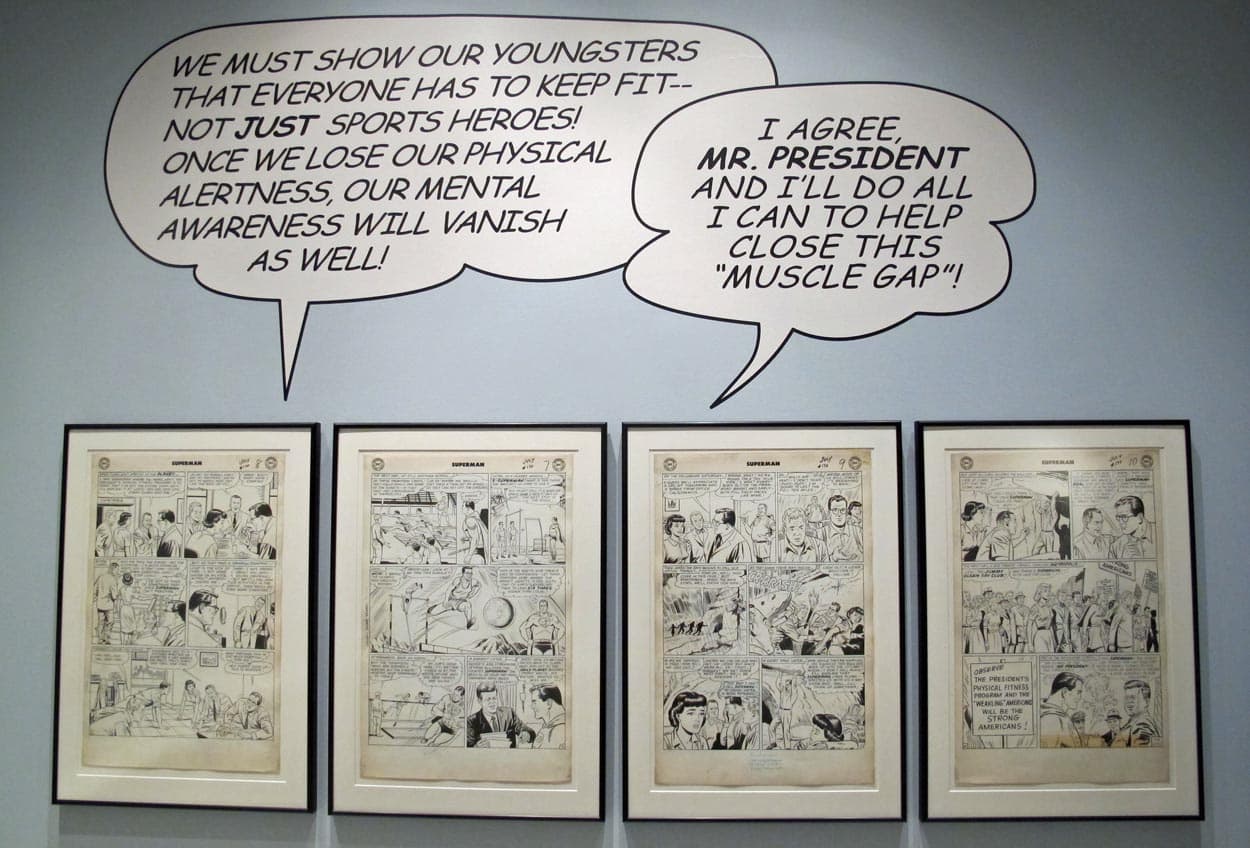
That’s a clever reference to the missile gap between the U.S. and the Soviet Union at the time, Putnam pointed out. “So it really fit President Kennedy’s notion of a 'New Frontier' and kind of how to get the country moving again."
Superman issue No. 168 was in production when President Kennedy was assassinated and DC Comics pulled the story off the press. But, as Putnam reads from issue 170’s first page, President Lyndon Johnson later requested it be published as a tribute to his predecessor.
“And so we dedicate to the memory of our late beloved president, this plea for his physical fitness program to which he was wholeheartedly devoted during his life.”
Larry Tye, author of “Superman: The High-Flying History of America’s Most Enduring Hero,” says comic books have always reflected our fantasy notions about heroes.
“Jack Kennedy was smart enough to tap into America’s number one superhero, Superman, to help spread that message," Tye said. "And sadly it only did that after his death, but it did do it.”
Tye also explained how the man of steel has evolved to reflect the times.
“When he was invented almost exactly 75 years ago, he was a butt-kicking New Deal liberal because that’s what America needed in 1938. In the 40s, America was going to war and Superman helped take us to war. In the 50s, we’re unfortunately looking under every bed for a red and so was Superman.”
The last panel of the 1960s strip dictates that the "artwork will be donated to the Kennedy Library.” And Superman artist Al Plastino’s family thought that had happened.
His daughter MaryAnne Plastino Charles recalls her father illustrating the JFK comic 50 years ago in the garage of their New Jersey home and says that he was always incredibly proud of those drawings.
"The story he always told when family was visiting was the story of the Kennedy art," and how it was on display at the Kennedy Library, Plastino Charles recalled.
But it wasn’t. In October at New York Comic Con, Al Plastino discovered the original renderings were actually at an auction house.
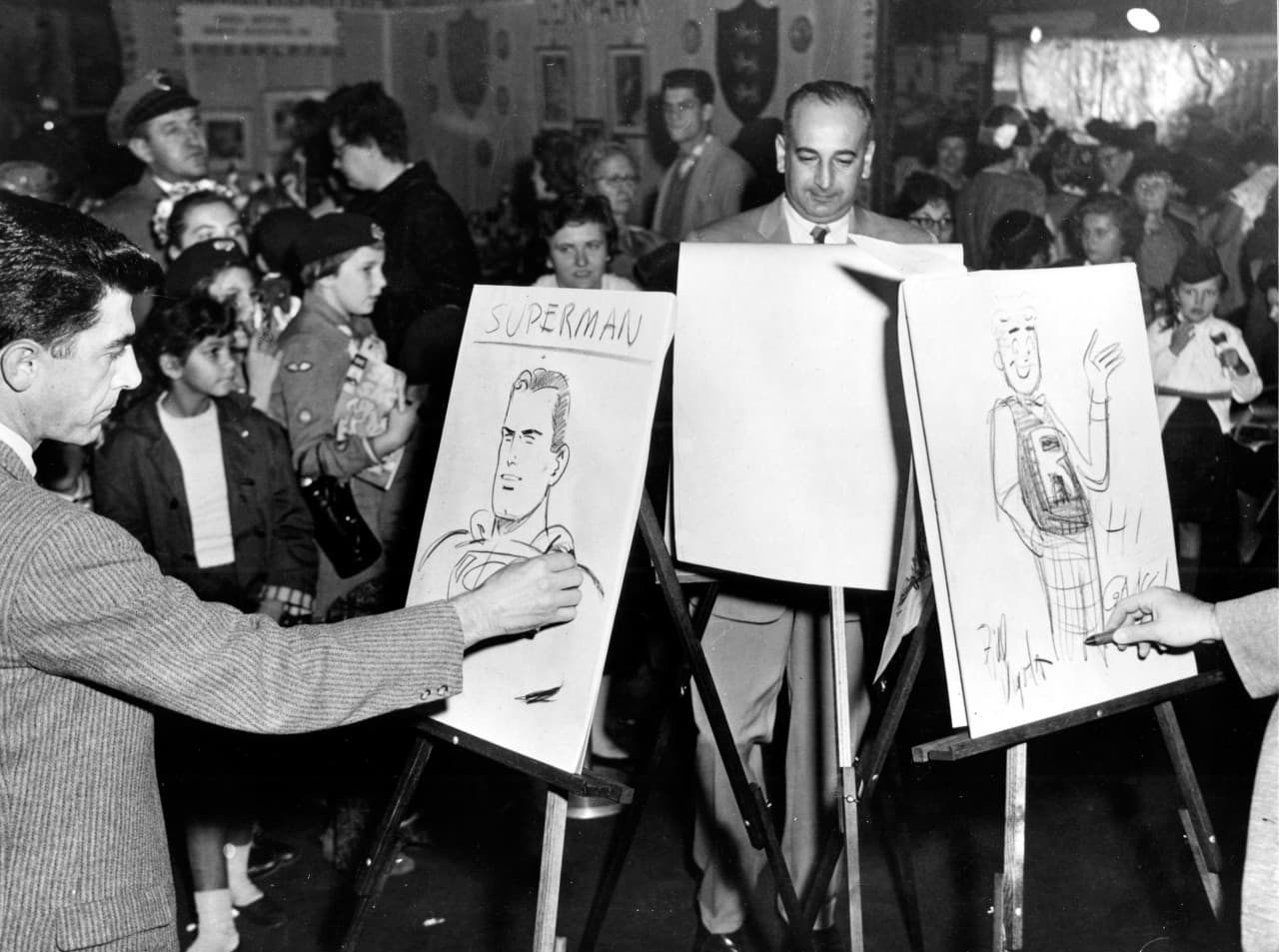
“All 10 pages,” his daughter recalled. “After that it was just us trying to get it back.”
Plastino Charles says the auction house would not identify the private owner of the comic. Days before a hearing at the New York Supreme Court, DC Entertainment bought the comic back and donated it to the president’s library. Plastino Charles calls Thursday’s opening bittersweet.
“The good part is that it’s actually going to be on display in the library,” she said. “The bad part is my dad passed away before he could see it happen.”
Al Plastino died on November 25. He drew Superman comics for 20 years.
